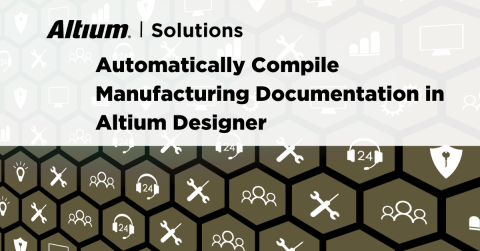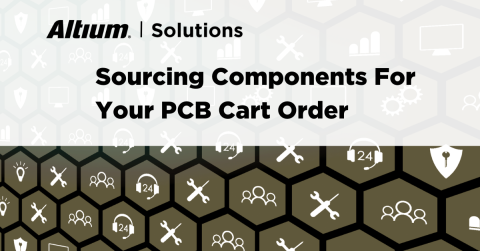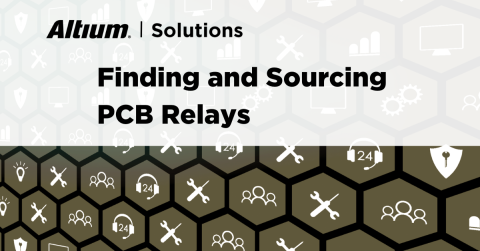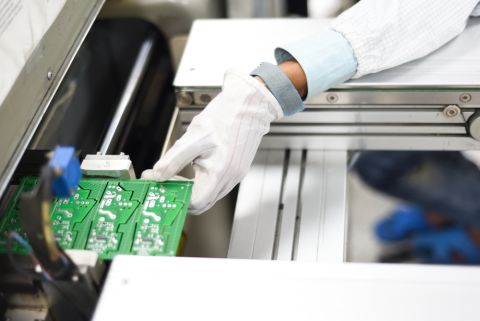BOM Planning: Different Levels of Production
There is one really great thing about social media and that is catching up with old friends. I connected with a high school friend who did a lot in his life including some great achievements in the world of Taekwondo. He talks about the different tournaments that he attends, the people that he associates with, and how he has progressed through the different levels of this discipline. There appears to be a lot more to Taekwondo than I would have ever imagined.
Whether it is the amount of practice that goes into each technique, or the bodily control that is required of an exact movement, Martial arts certainly have many levels to them. Keeping track of these moving parts may be difficult for an untrained or unsavvy observer, just like for someone watching over the manufacturing of printed circuit boards. Small quantity, prototype, and mass-production run all might require different components.
You may be willing to sacrifice price in order to get components quickly for a prototype run, while you would probably rather invest in some lead time to get the bulk prices down for a full production run. Knowing which vendor to choose from for the components that you put into your design is critical to meeting the design objectives on schedule and within budget.
Component Pricing and Availability
You may find various component prices from different vendors. It will pay in the long run to keep tabs on your vendors to see who has the best price. The key is to keep connected with your vendors to stay up on these changes, whether that’s through updating software or remaining in communication.
The availability of parts will also change the pricing. You will see different prices depending on when you need the components. The further in advance that you can plan on purchasing your components, the better prices you will find. And of course, if you were to buy parts in bulk this will also typically lower the price per unit of your parts.
Unfortunately, these same rules work in reverse. If you need parts quickly, the price will go up and if you need just a few parts, that will also cost you. Some builds may not give you a choice and if you need to turn just a couple of boards quickly, you are going to pay more. The key here is that you need to plan ahead for these factors so that you aren’t surprised.
Plan ahead for the components that you need to avoid cost and availability surprises
Which Components are Best for Your Design?
Pricing, availability, and quantities are all imported factors when deciding on which components to select for your circuit board, but there are other factors to consider as well. For instance, part capabilities and performance are also important. Will the part perform as you need it to, or should you look for an alternate part? If you do, then how will that change your expected costs, availability, and quantities?
On top of it all, what kind of data is available on that part? Is there enough information for you to make an informed decision, or should you look at something else instead? Also, is there enough data available for your CAD librarians to build a part with, or will they be scrambling to find more information? Even better, does the part vendor provide its own library models for the CAD department?
Make informed part selections from the management tools menu
BOM Management Tools Can Help with BOM Planning
The key then to planning for different levels of PCB production is being connected to good information. It used to be that you would have to assign someone to research all of this part data, and then maintain this data in order to track changing part prices and other pertinent information. Fortunately, you can do this yourself now with a bill of materials management tools that are available within PCB design software.
BOM planning tools will allow you to make a component selection based on all of the criteria that we’ve been discussing here; price, availability, quantities, and part information. With the BOM tools working in conjunction with your schematic, you can then easily populate your schematic with the components that you have selected from the BOM planning at different levels.
Along with the BOM tools being plugged into the schematic, they will also plug in the same way as the layout tools as well. This will allow you to cross-select and highlight component information between all of these tools giving you up-to-date part information whenever and wherever you need it. Having component data immediately available to you will be a great help whether you are just beginning your design or in final design reviews.
With another access point into your design database, you can make component selections and updates, and what better tool to offer this than PCB design software like Altium Designer? As an active part of the entire Altium system, the Active BOM level is more than a simple file report generator. On top of the planning BoM management necessities, you will also have a cloud connection to part vendors to get real-time part information.
If you’d like to learn more about the strength of having a BoM planning tool in your design software for your business, start by talking to an expert at Altium.








